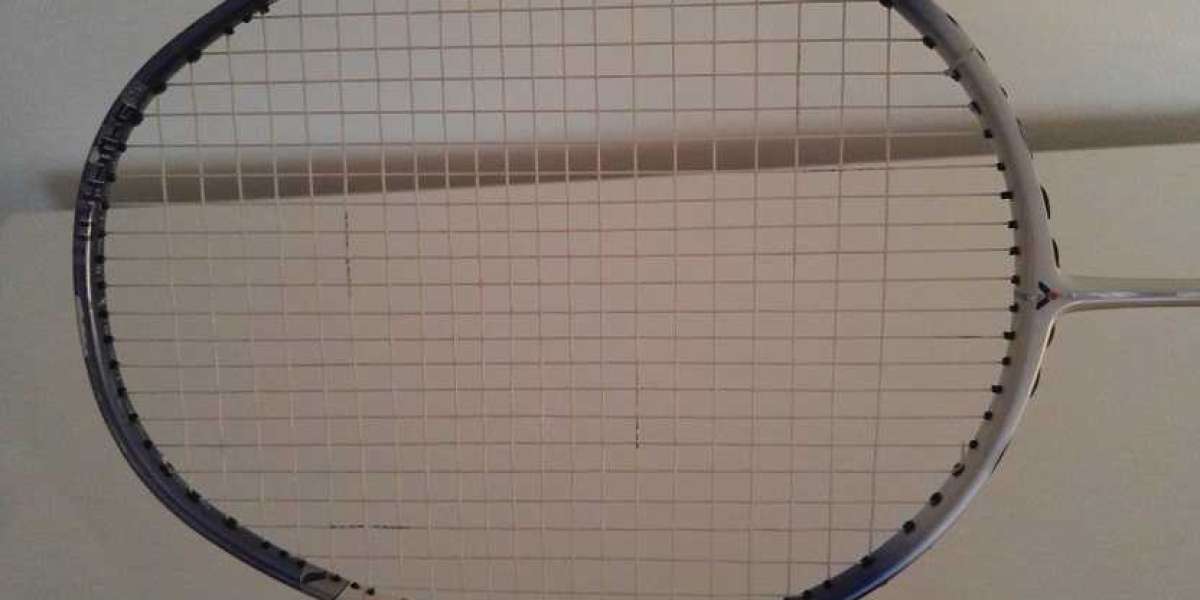Selecting the perfect racket involves more than just aesthetics and brand loyalty; it requires a keen understanding of the numerical specifications that define each racket. In the realm of racquet sports, these numbers hold the key to unlocking your optimal performance on the court. This article delves into the intricacies of racket specifications, breaking down the numbers that influence factors such as power, control, maneuverability, and feel. As players seek the Perfect racket to elevate their game, deciphering these numerical codes becomes an essential skill in navigating the vast landscape of racquet options.
Head Size: The Power Factor
The head size of a racket is a critical specification that significantly influences the power and control it offers. In general, larger head sizes provide a larger sweet spot, making it easier to generate power even with off-center shots. However, this comes at the expense of some control. Conversely, smaller head sizes offer greater control but demand more precision in shot placement. Understanding how head size impacts your playing style is pivotal in finding the perfect balance between power and control.
Racket Length: Leveraging Reach and Maneuverability
The length of a racket affects its leverage, reach, and maneuverability. Longer rackets provide extended reach, potentially aiding players in net play and serving. However, they may sacrifice some maneuverability, making quick reactions more challenging. Shorter rackets, on the other hand, are more maneuverable but may limit your reach. Balancing the advantages of reach and maneuverability based on your playing style is key in selecting the right racket length.
Racket Weight: Balancing Power and Control
Racket weight is a crucial specification that directly impacts the feel and performance of a racket. Heavier rackets generally offer more power and stability, making them suitable for players who prefer a forceful playing style. Lighter rackets, on the other hand, provide increased maneuverability, allowing for quicker reactions and finesse. Striking the right balance between weight and your playing preferences is essential in finding the perfect racket for your game.
Balance Point: Fine-Tuning Control and Stability
The balance point of a racket refers to the distribution of weight along its length, influencing the overall feel during play. Rackets are categorized as head-heavy, head-light, or evenly balanced. Head-heavy rackets emphasize power, while head-light rackets prioritize maneuverability and control. Evenly balanced rackets aim to provide a middle ground. Determining the ideal balance point depends on your playing style and whether you lean towards power, control, or a combination of both.
String Pattern and Tension: Precision and Feel
The string pattern and tension are critical elements in determining the control and feel of a racket. Dense string patterns offer more control but may sacrifice power, while open string patterns enhance power but require more precise control. String tension influences the responsiveness and feel of the racket. Higher tensions often result in more control but less power, and vice versa. Experimenting with different string configurations allows you to fine-tune your racket to match your playing preferences.
Conclusion
As you navigate the diverse world of racquet sports, understanding the numerical specifications of a racket is paramount in finding the perfect match for your game. Head size, racket length, weight, balance point, and string configuration are not just arbitrary numbers; they are the keys to unlocking the full potential of your playing style. By decoding these digits and aligning them with your preferences, you pave the way for a harmonious partnership between player and racket, propelling you towards peak performance on the court.








